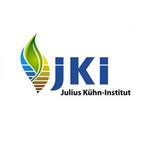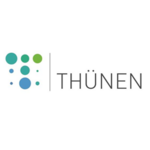Maximising the carbon sequestration in urban trees (CliMax)
Developing knowledge and tools for climate change mitigation and adaptation with multifunctional urban green infrastructure

Objective
Investigate stress factors (especially the water supply) of urban trees, estimate the contribution of urban trees to carbon sequestration and provide decision-making tools for municipalities and cities to optimise the climate effectiveness of urban green space
Methodology
- Building models based on remote-sensing data to estimate the status quo of the contribution of urban green space to carbon sequestration, including an automated detection of damaged urban trees
- Modelling of tree vitality and risk categorisation based on vegetation indices, weather data, site conditions and information from the tree cadastres with machine learning methods
- Testing of a fluorometer-based stress analysis tool for urban trees
- Monitoring the actual water availability at tree sites and investigating root architecture in relation to water using non-destructive geophysical methods
- Applying ecohydrological measurements (e.g. tree sap flow, stem water contents and monitoring of soil moisture) and stable water isotope measurements to identify root water-uptake depths and soil water sources
Climate effect under consideration
Carbon sequestration in urban trees and climate-effective design of multifunctional, urban green infrastructures
Contact persons
JKI, Institute for Plant Protection in Horticulture and Urban Green
Arsené Rutikanga
JKI, Institute for Strategies and Technology Assessment
University of Kiel, Institute of Geosciences
TU Braunschweig, Institute of Geophysics and Extraterrestrial Physics
Scroll to top




